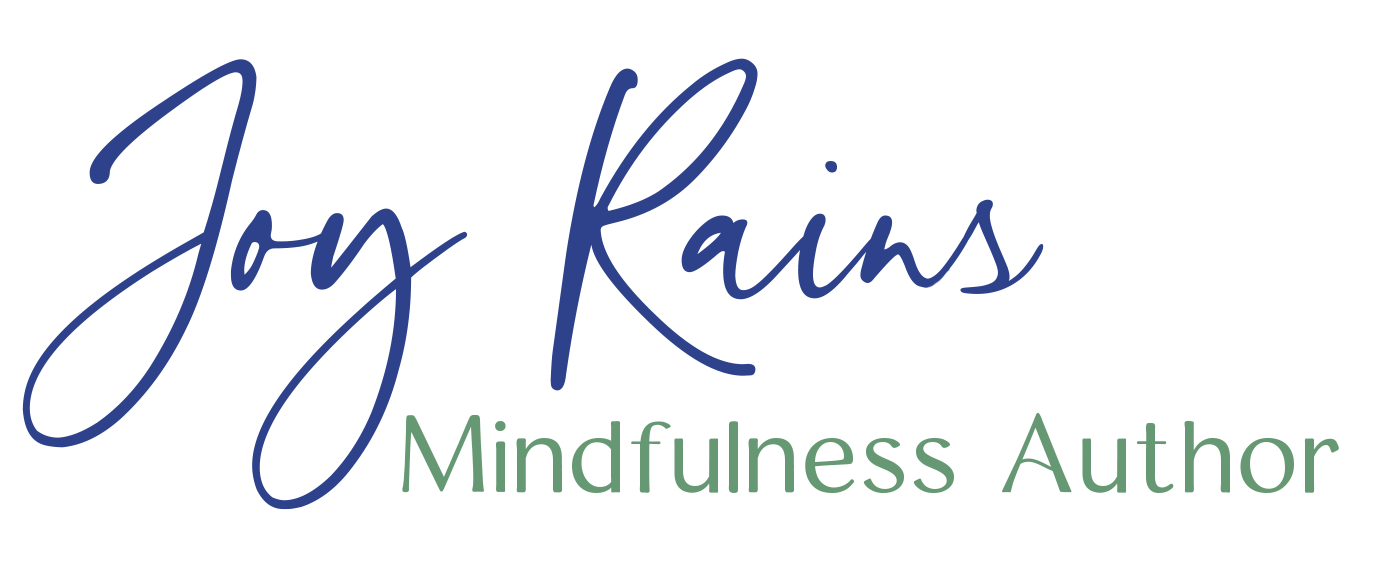Mindfulness for Sales: How to Use Mindfulness to Accelerate your Sales Success
Mindfulness can help you clear your mind—and increase your sales.
Have you ever been fully engaged with the present moment? Perhaps you’ve experienced present moment awareness when taking a morning jog, or playing fetch with your dog, or watching the ebb and flow of ocean waves. Bringing this quality of awareness to your sales efforts can help you understand your clients and their buying processes—and increase your sales.
Yet, developing present moment awareness can be challenging. People are often pulled away from the present with thoughts that cycle through their minds. Regrets about the past. Worries about the future. Planning. Reminiscing. Ruminating. It’s widely reported that the human mind thinks 50,000-70,000 thoughts per day!
STUFF
I call this mental content “STUFF,” which is an acronym for Stories, Thoughts, Urges, Frustrations, and Feelings. People don’t always realize this STUFF is present. It works in the background of the mind like a silent partner, informing and influencing behavior. Although STUFF helps people navigate through life, it can also cloud their thinking.
How STUFF Can Sabotage Sales Success
Imagine a sales call where you’re distracted by thoughts. Maybe you’re worried about meeting your sales quota or landing the account. If your attention is momentarily pulled away, it might be at the moment your client says, “If your software could save us time, that would make a big difference to management.” You could miss this important buying signal if you weren’t fully focused on the present.
Or, imagine being on a call where you have negative preconceived notions, such as I’m probably wasting my time since they don’t have the budget, or I doubt I’ll close this sale. These thoughts won’t serve you. If you’re not conscious of them, they may become a self-fulfilling prophecy, since people will unconsciously match their behavior to their beliefs to create consistency between thought and action.
Even positive preconceived notions can cloud your thinking. For instance, if you’re certain of closing the sale, you could miss important steps in the selling process. Let’s say a client has asked you to stop by their office and it sounds like they’re ready to buy. If you think this sale is a sure thing, you might skip asking important qualifying questions—such as finding out who else is involved in the purchasing decision.
How Mindfulness Helps the Selling Process
Alternatively, imagine approaching the call with present moment awareness. This quality of awareness can help you notice distracting thoughts and refocus your attention. It can also help you notice any preconceived notions, so you can recognize stories you may be telling yourself that aren’t necessarily true. As the old saying goes, “Don’t believe everything you think.” Becoming aware of your STUFF can be a reminder to focus on the present, with a clear, open mind, ready to explore your client’s needs and concerns.
Present moment awareness will also help you notice cues to your client’s thinking. You may become more aware of your client’s body language, such as posture changes, that can signal likes or dislikes. You may become more aware of your client’s audio cues, such as shifts in voice inflection, that can help guide your responses. You may become more aware of subtle, underlying issues as you listen closely to your client’s words.
Simple Ways to Become More Mindful
Clearing the STUFF in your mind will help you develop present moment awareness—also called mindfulness. One effective way to practice being mindful is through the practice of meditation. Meditation is a mental training that is akin to taking your mind out of drive and resting it in neutral, if only for a moment. This training allows you to become aware of your STUFF, so you can respond to situations consciously, rather than react unconsciously.
In meditation, you continually interrupt your STUFF by focusing on a neutral object (called an anchor) that doesn’t stimulate your mind. Examples of commonly used anchors are: your breath; your body’s sensations; a word repeated silently, such as peace; sounds, such as ocean waves; or an object to hold, such as a smooth stone. Every time your mind wanders, gently refocus on your anchor.
Beginning meditators may be surprised at the amount of STUFF they notice. The intent of meditation isn’t to suppress thoughts and feelings. Consider anything that draws attention from your anchor to be like a cloud passing, or like a boat floating by as you watch from the riverbank. Allow it to pass without judgment, and gently refocus on your anchor. The repetitive action of refocusing builds your mind’s muscle and your power of awareness—and trains you to focus on the here and now.
Mindful Prepping for your Sales Meeting
Consider taking time to meditate before your sales call. For example, once your car is parked, sit comfortably and gently lower your eyelids. (Note: don’t attempt meditation while driving!) Start by sitting up straight, without being rigid. Try to release any physical tension, and keep your body relaxed but your mind alert.
Rest your attention on your breathing, without changing anything—just notice. You may notice the pace of your breathing, or the coolness of the air as you inhale and its warmth as you exhale, or the rising and falling of your chest. You could even silently say “rising, falling” with each breath to help you focus. Each time your attention wanders, often each second or two for beginners, gently refocus on your breath. Continue with this practice for a few minutes or more. You may want to set a timer, since it’s not uncommon for beginning meditators to fall asleep when their bodies and minds relax.
Now, imagine going into your client’s office. As you begin your meeting, become aware of the quality of your attention. Notice if you’re able to focus on your client, or if your thoughts are elsewhere. Any time you notice your thoughts wandering away from your client, gently bring them back. Consider your client to be your anchor. Keep your attention on your client’s words, actions, and body language.
A Clear Path to Sales Success
Bringing present moment awareness to your meeting can help you uncover needs, understand objections, and recognize buying signals. Having a clear, open mind will serve both you and your client, as it helps build understanding and can lead to long-term relationships. Instead of focusing on closing the sale, consider focusing on the present moment for a clear path to sales success.

